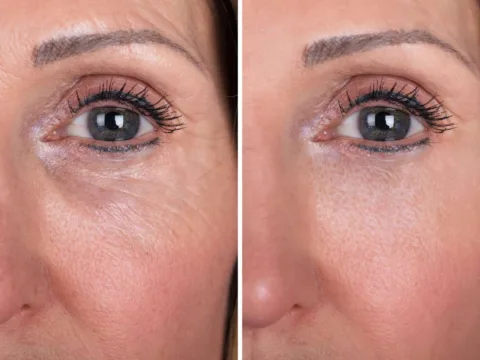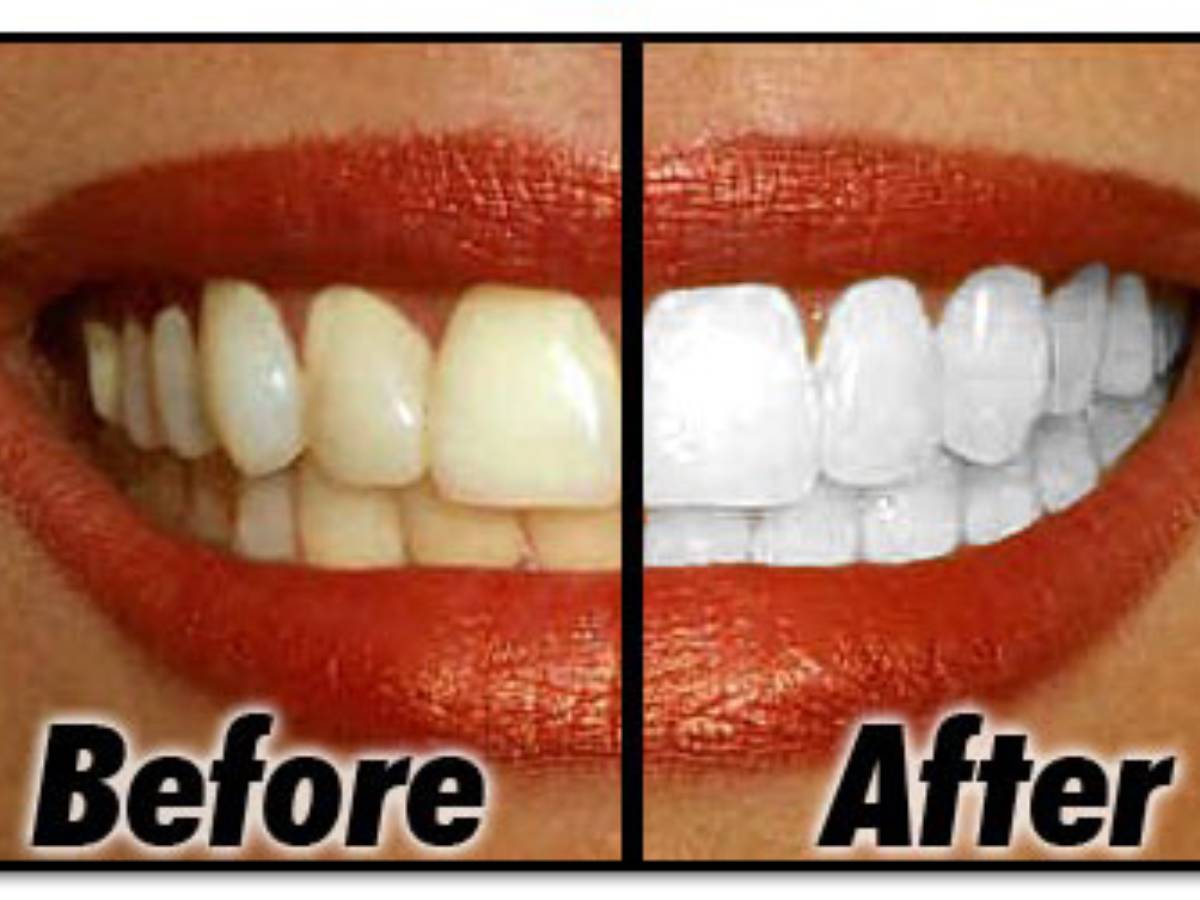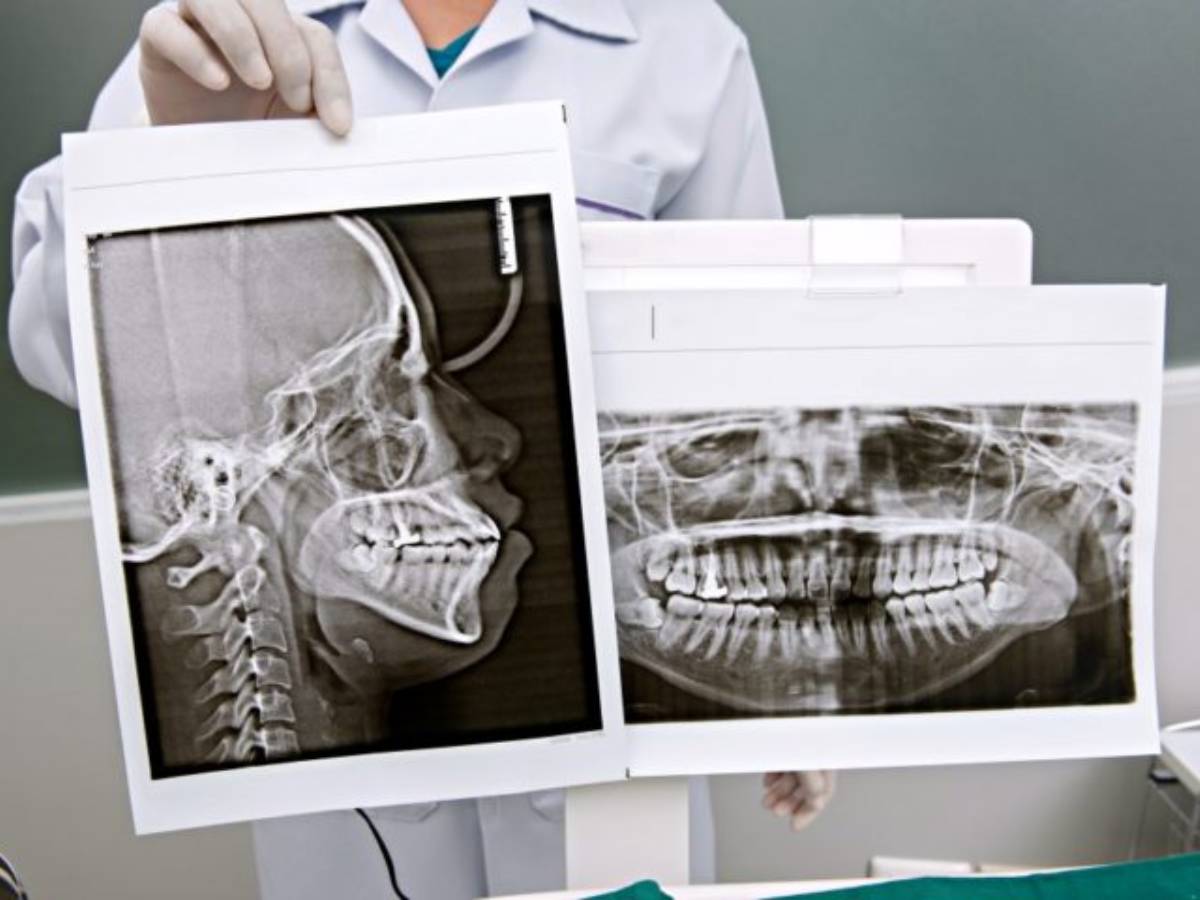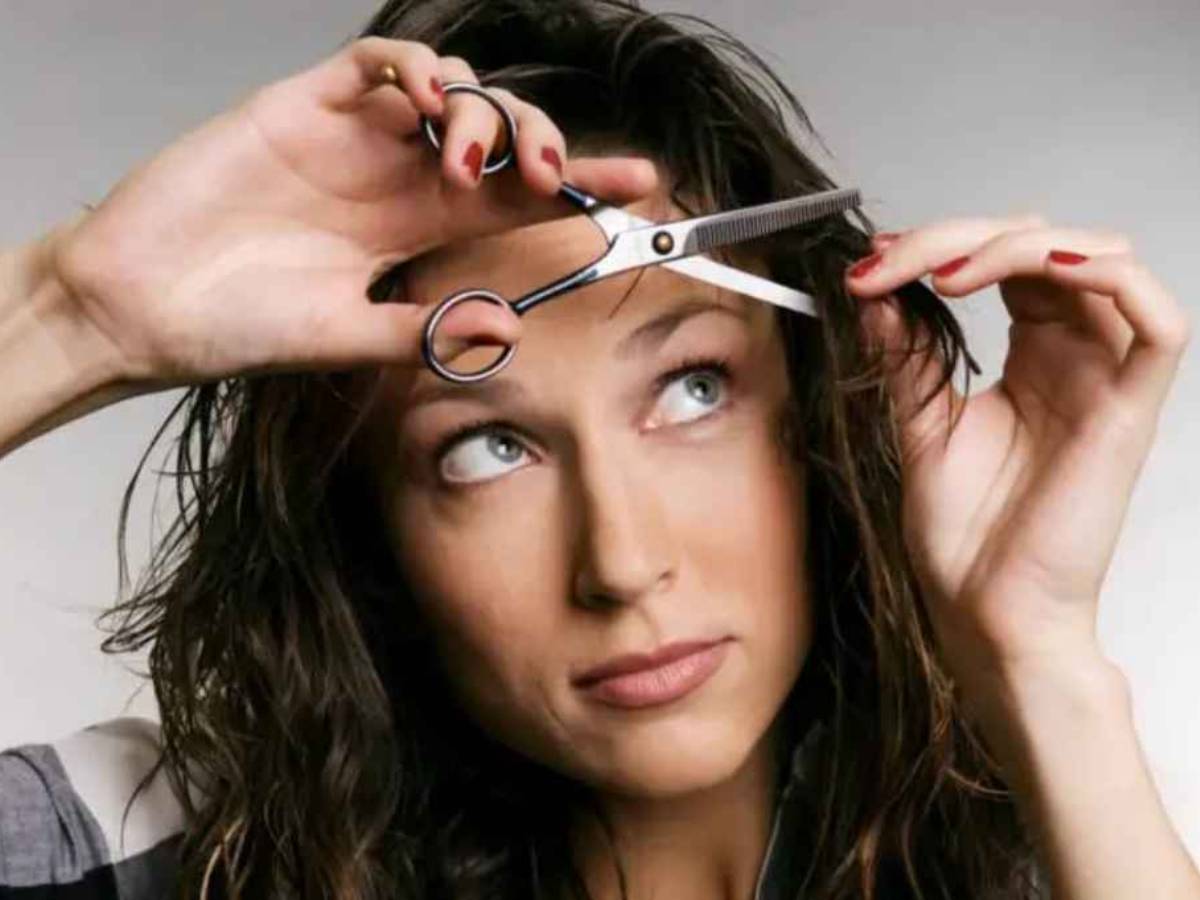
Who doesn’t want more youthful, glowing skin?
But with hundreds of products on the market, it’s hard to know just what’s in all of those little bottles and which ones work best.
If you’re confused by the fancy jargon but eager to restore your youthful glow, there are some very specific ingredients that you should be looking for.
The Importance Of Collagen
Collagen is a fibrous protein that provides our skin with strength and flexibility.
As we age, Collagen declines and causes our skin to wrinkle and sag.
To prevent these signs of aging and retain our youthful appearance, we must find new ways to stimulate production.
In addition, things like sunlight, air pollution, alcohol, and cigarette smoke can damage your skin by producing harmful free radicals. If left untreated, these harmful byproducts cause cellular damage and increase Collagen loss — leading to wrinkles and other signs of aging.
Following are the 5 best anti-aging ingredients that can help to restore your skin’s Collagen levels and protect against Free Radicals…
#1 – Antioxidants
Studies show that Antioxidant Vitamins A,C, and E protect against damage from Free Radicals and help strengthen blood vessels by penetrating the skin’s outer layer.
Look for sunscreens and moisture lotions enhanced with Antioxidant Vitamins, or Anthocyanin – a powerful skin protectant derived from plant pigments.
Here are the 5 best skin antioxidants with anti-aging properties.
#2 – Glycolic Acid
Alpha-Hydroxy Acids (AHA’s) peel away the dead cells that sit along the surface of the skin.
Glycolic Acid, made from cane sugar, is considered the most effective in this family of ‘fruit acids’.
It works by penetrating the damaged layers of the skin and helps newer skin to emerge. The result is a mild to moderate peeling process that creates a smoother and more youthful appearance.
More About Alpha-Hydroxy Acids:
| Acid Name | Source | Percentage (Home Care) |
|---|---|---|
| Glycolic Acid | Sugar Cane | 1-5% (Mild-Medium) |
| Lactic Acid | Dairy Products/Honey | 1-5% (Mild-Medium) |
| Tartaric Acid/Pyruvic Acid | Grapes | 1-5% (Mild-Medium) |
| Malic Acid | Fruit | 1-5% (Mild-Medium) |
| Citric Acid | Citrus Fruits | 1-5% (Mild-Medium) |
| Kojic Acid | Mushrooms | 1-5% (Mild-Medium) |
Results:
- Clearer Skin
- Less Acne
- Less Pigment
- Smaller Pores
- Firmer Collagen & Elastin Growth
- Scar Reduction
- Increase in SPF by 2-4
- Deeper Product Penetration
- Faster Skin Cell Turnover
- Younger Looking Skin
- Glowing Skin
#3 – Niacinamide
Our skin cells contain natural lubricants called Ceramides. As we age, these natural emollients diminish, and we need to find new ways to restore moisture.
Niacinamide, a form of Vitamin B3, appears to be highly effective in stimulating skin circulation and preventing water loss.
Niacinamide also appears to offer antioxidant benefit, guarding against the harmful effects of UV sunlight.
Research conducted by Proctor and Gamble concluded that a 5% Niacinamide cream improved the appearance of wrinkles, evened skin tone, and increased skin elasticity after 12 weeks.
Niacinamide: Other Names
| Other Name | Language | Description |
|---|---|---|
| 3-Pyridine Carboxamide | English | Chemical name for Niacinamide |
| 3-Pyridinecarboxylic Acid | English | Another chemical name for Niacinamide |
| Acide Nicotinique | French | French for Niacinamide |
| Anti-Blacktongue Factor | English | Refers to Niacinamide’s ability to prevent blacktongue, a symptom of B3 deficiency |
| Antipellagra Factor | English | Refers to Niacinamide’s ability to prevent pellagra, a disease caused by B3 deficiency |
| B Complex Vitamin | English | Niacinamide is one of the vitamins in the B complex group |
| Niacina y Niacinamida | Spanish | Spanish for Niacin and Niacinamide |
| Niacine | French | Another French term for Niacinamide |
| Nicotinamide | English | Most common synonym for Niacinamide |
| Nicamid | English | Less common synonym for Niacinamide |
| Nicosedine | English | Trade name for a medication containing Niacinamide |
| Nicotinic Acid Amide | English | Chemical description of Niacinamide’s structure |
| Nicotylamidum | Latin | Latin term for Niacinamide |
| Pellagra Preventing Factor | English | Similar to Antipellagra Factor |
| Vitamin B3 | English | Another name for Niacinamide |
| Vitamin PP | English | Older name for Niacinamide |
| Vitamina B3 | Spanish | Spanish for Vitamin B3 |
| Vitamine B3 | French | French for Vitamin B3 |
#4 – Retinol
Exfoliation removes dead cells from the skin’s surface. Retinol, a potent form of Vitamin A, is a popular exfoliant that penetrates deeply into the skin. It speeds cell turnover, reduces fine lines, and evens skin color.
A study reported in Skin Pharmacology and Physiology concluded that lotions and creams containing 0.1 % Retinol (found in over-the-counter products) improved skin tone and fine lines after 12 weeks of use, without significant side effects.
My personal favorite is ROC Retinol Correction Cream. For the past 2 years, I’ve used it religiously.
#5 – Peptides
The most popular cosmetic Peptide is called Palmitoyl Penapeptide. It actually signals the skin to produce more Collagen, thus reducing fine lines. You’ll find it in Strivectin creams and many other over-the-counter anti-aging products.
Copper Peptides are another derivative known to promote more youthful skin. Copper is a powerful antioxidant long prized for its ability to heal wounds. Because it can penetrate below the skin’s protective barriers, it also stimulates Collagen production and improves skin texture.
More About Peptides
This table summarizes some common peptides found in skincare products and their claimed benefits:
| Peptide Name | Claimed Benefit |
|---|---|
| ARGIRELINE (Acetyl Hexapeptide) | Reduces wrinkle depth, relaxes facial tension |
| LEUPHASYL (Pentapeptide-3) | Complements Argireline, reduces wrinkles around eyes and forehead |
| OCTAPEPTIDE (Acetyl Glutamyl Heptapeptide-1) | Reduces wrinkle depth by lengthening muscles under tension |
| Matrixyl 3000 (Palmitoyl Oligopeptide & Palmitoyl Tetrapeptide-3) | Stimulates collagen and elastin production |
| TRIPEPTIDE (Diaminobutyroyl Benzylamide Diacetate) | Temporarily relaxes muscles, reduces wrinkles |
| Copper Peptide | (Not specified in table, but generally claimed to promote collagen production and wound healing) |
More About Anti-Aging Ingredients
Anti-aging over-the-counter products include creams, lotions, and facial cleansers.
For the best visible results, some skin care experts suggest starting with products that contain a minimum of 8% to 10% AHA concentration. Once your skin becomes accustomed to mild peeling, then stronger formulas may be well-tolerated.
Though many over-the-counter products are milder in strength than prescription formulas, they can still fight the signs of aging. The key is to choose ingredients with a proven track record, and experiment to see which ones produce the best results for your skin type.
- Anti-Aging Ingredients You Want For Your Face
- Best Anti-Aging Ingredients For Your Skin
- Newest Anti-Aging Ingredients You Should Be Using
- 5 Anti-Aging Ingredients To Look Out For
- What To Look For In An Anti-Aging Product: Best Ingredients
- Best Ingredients In Wrinkle Creams
- Amazing Anti-Aging Ingredients That Really Work




